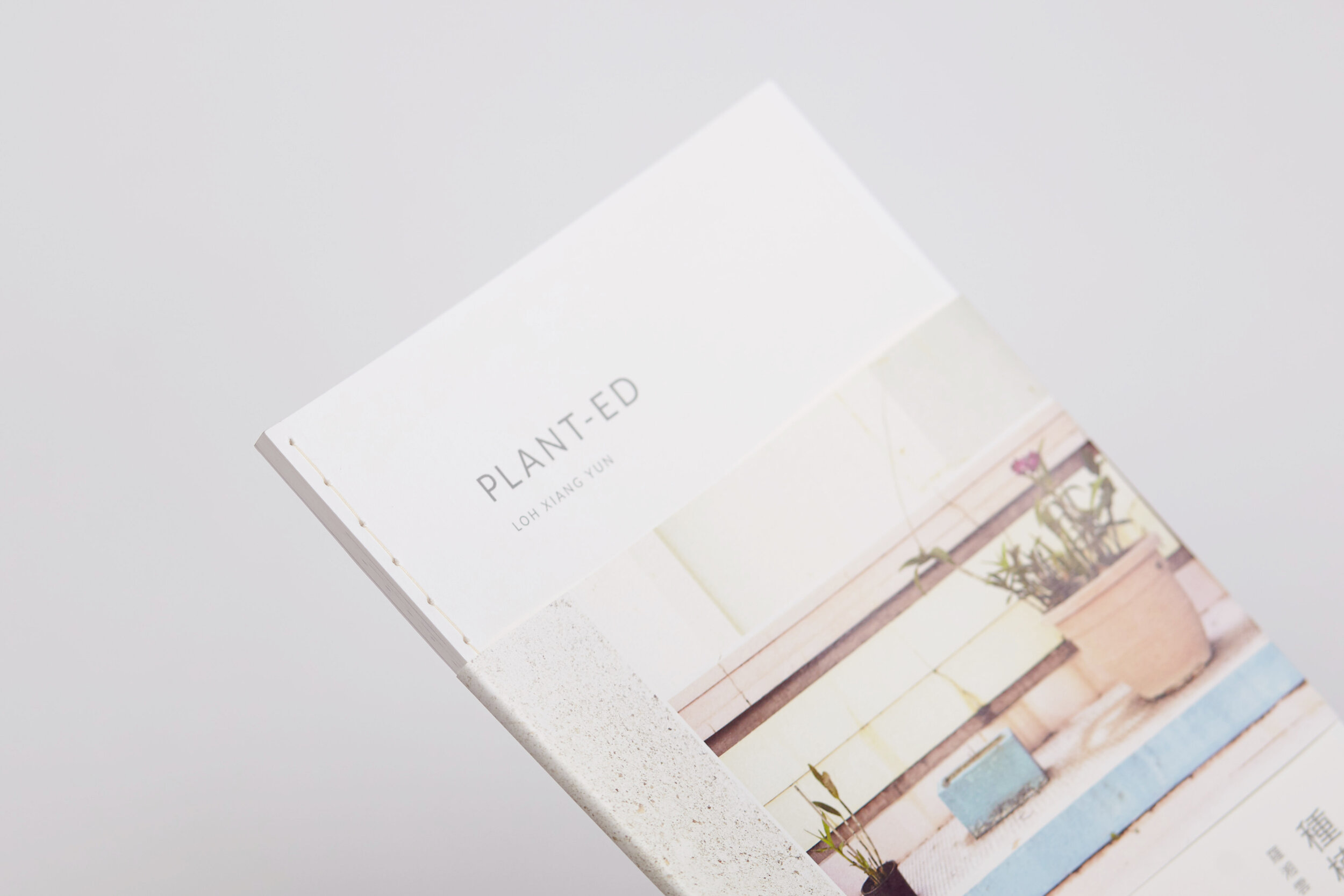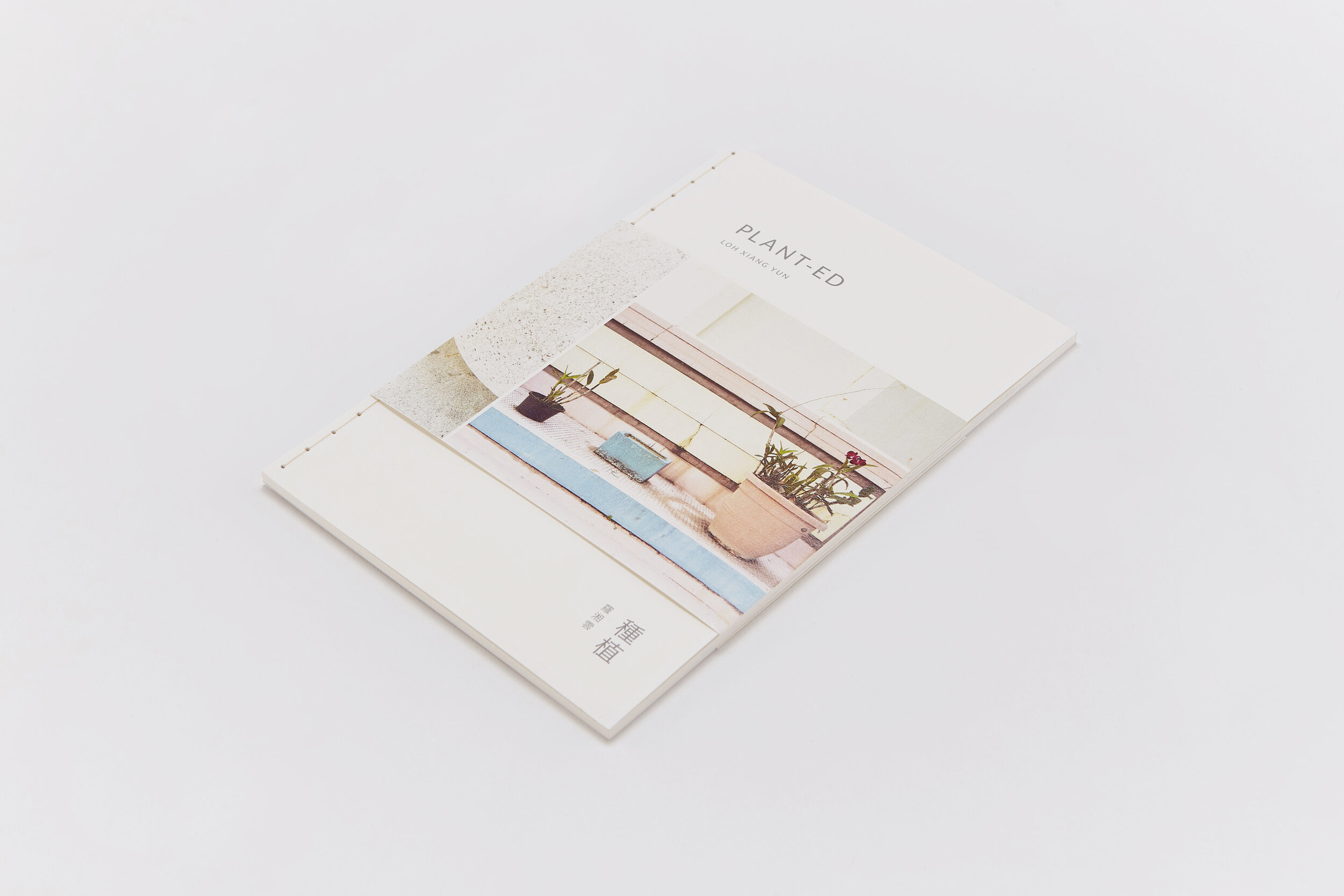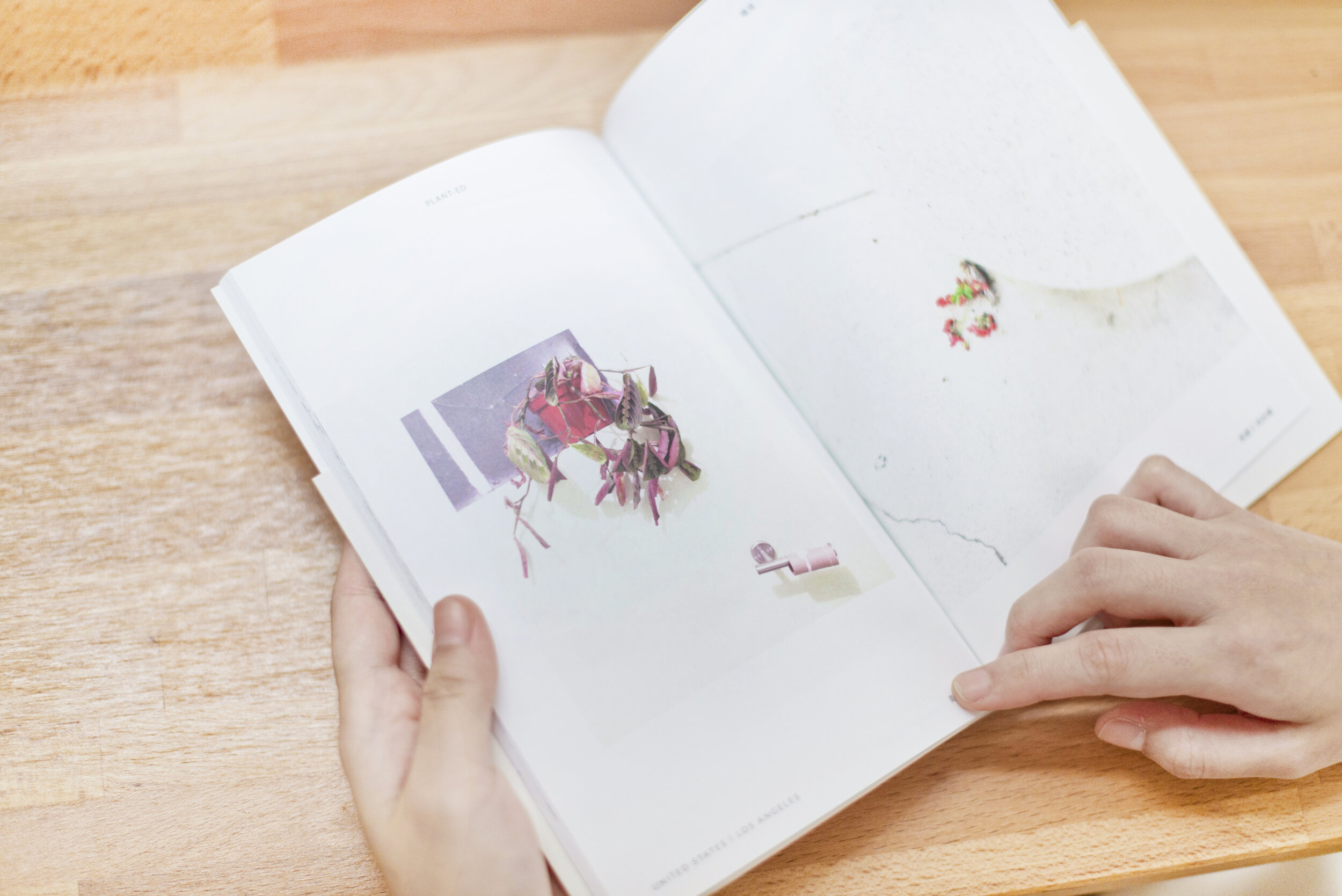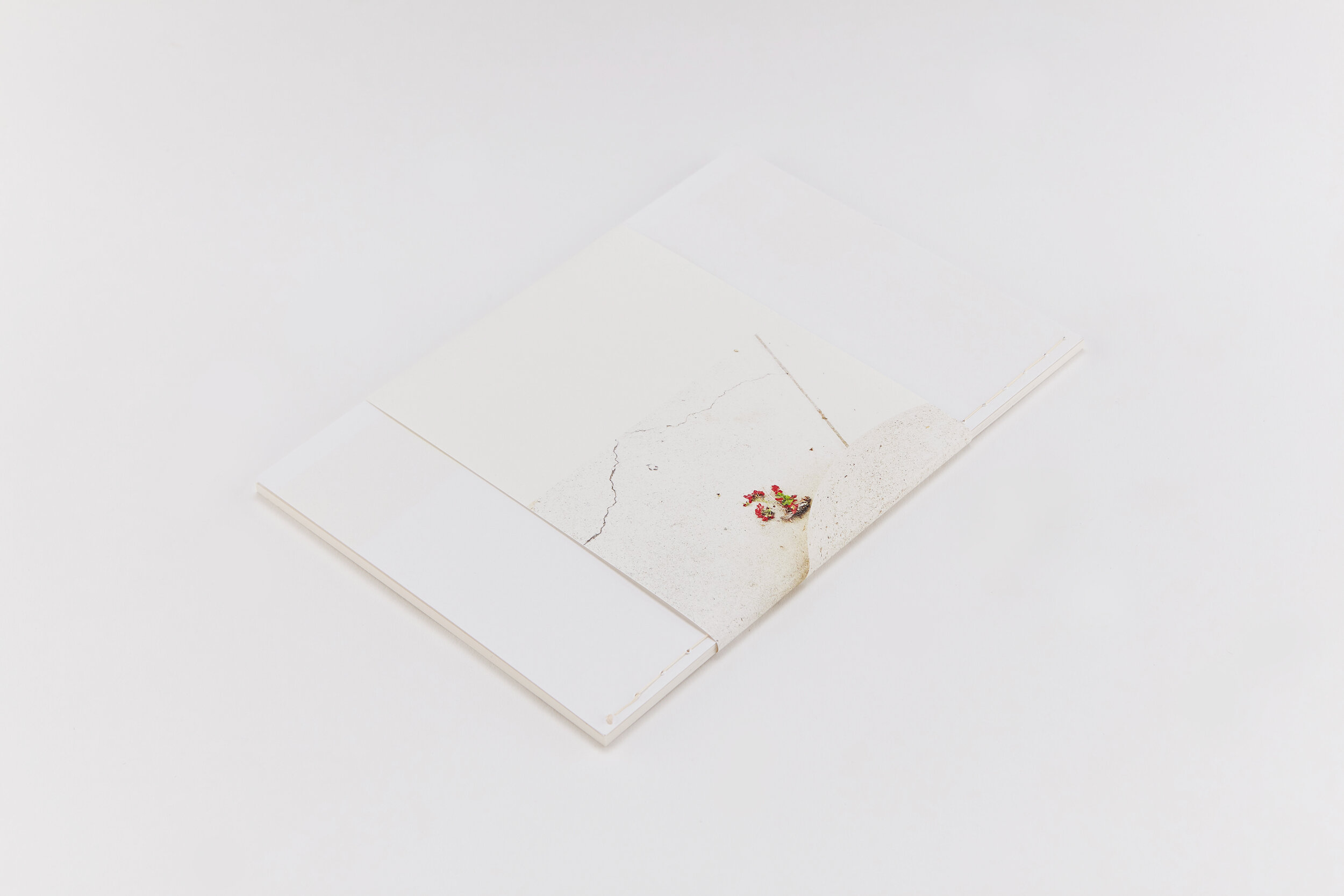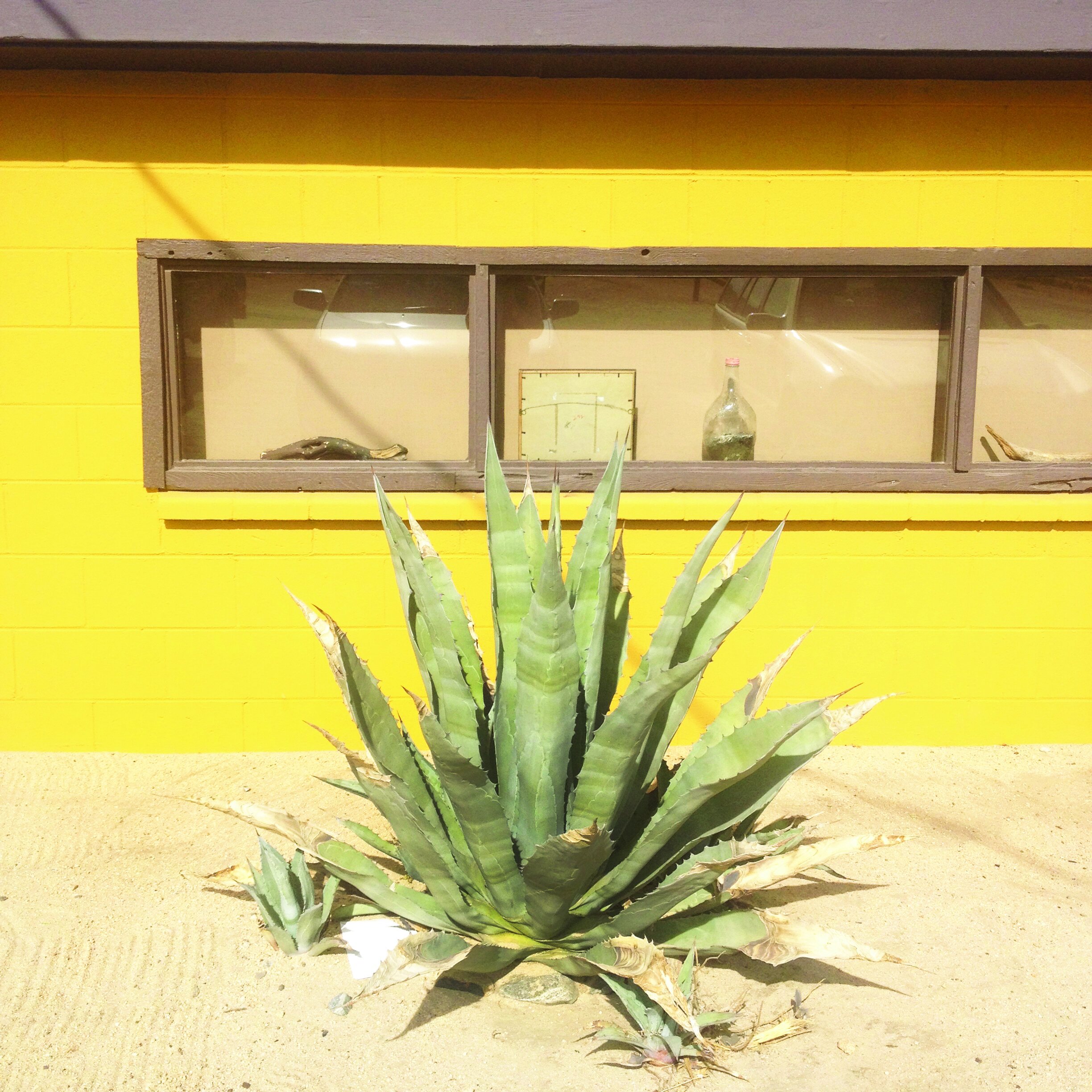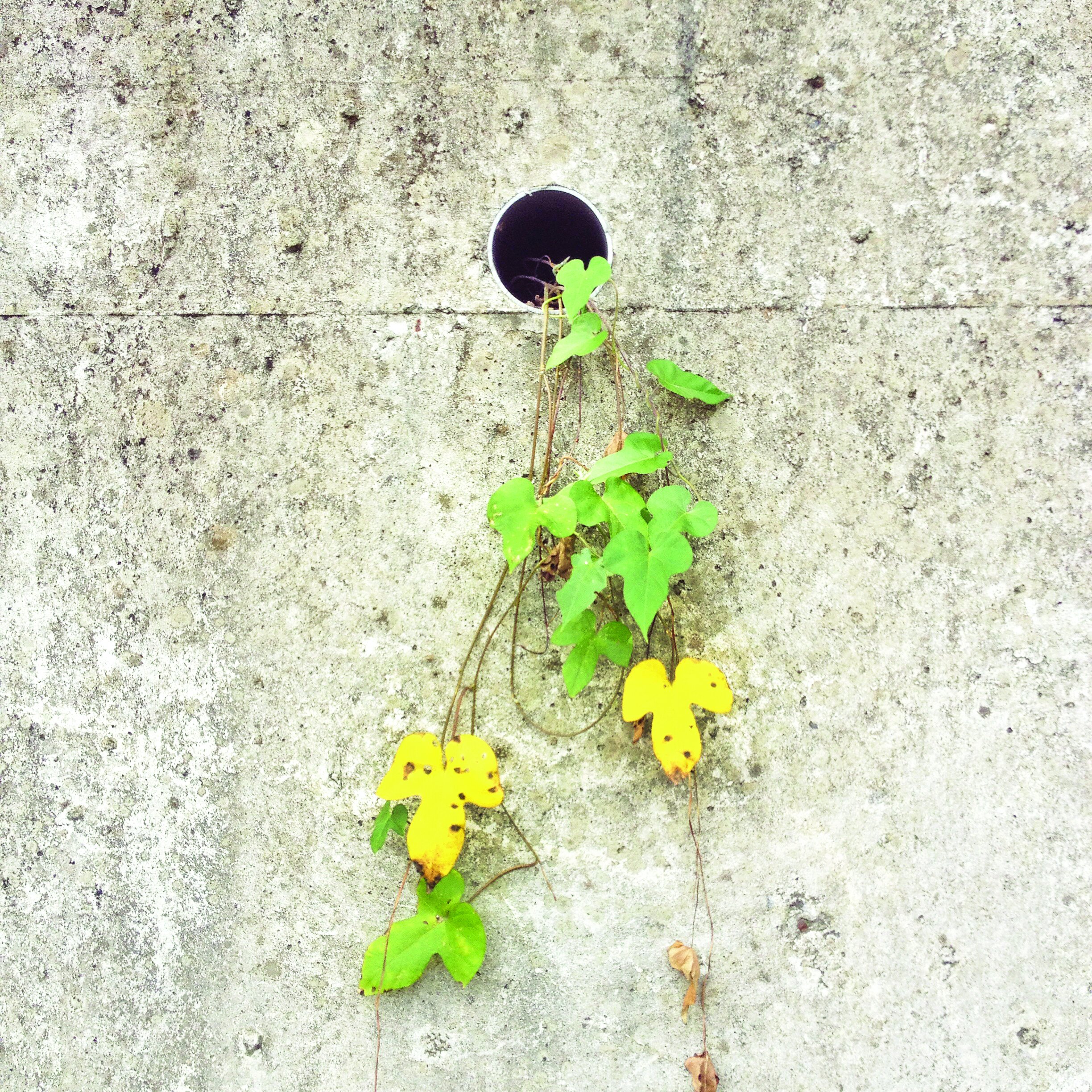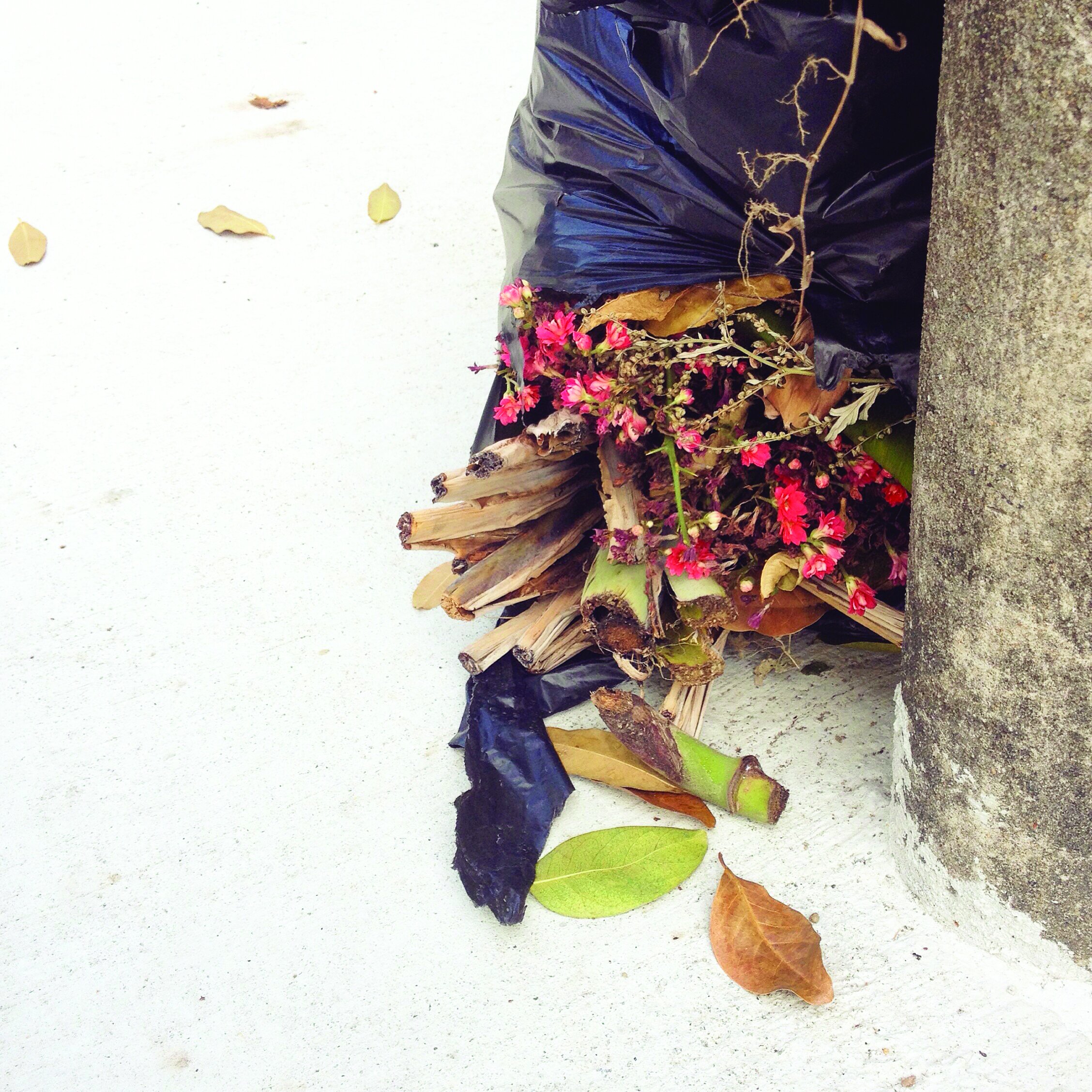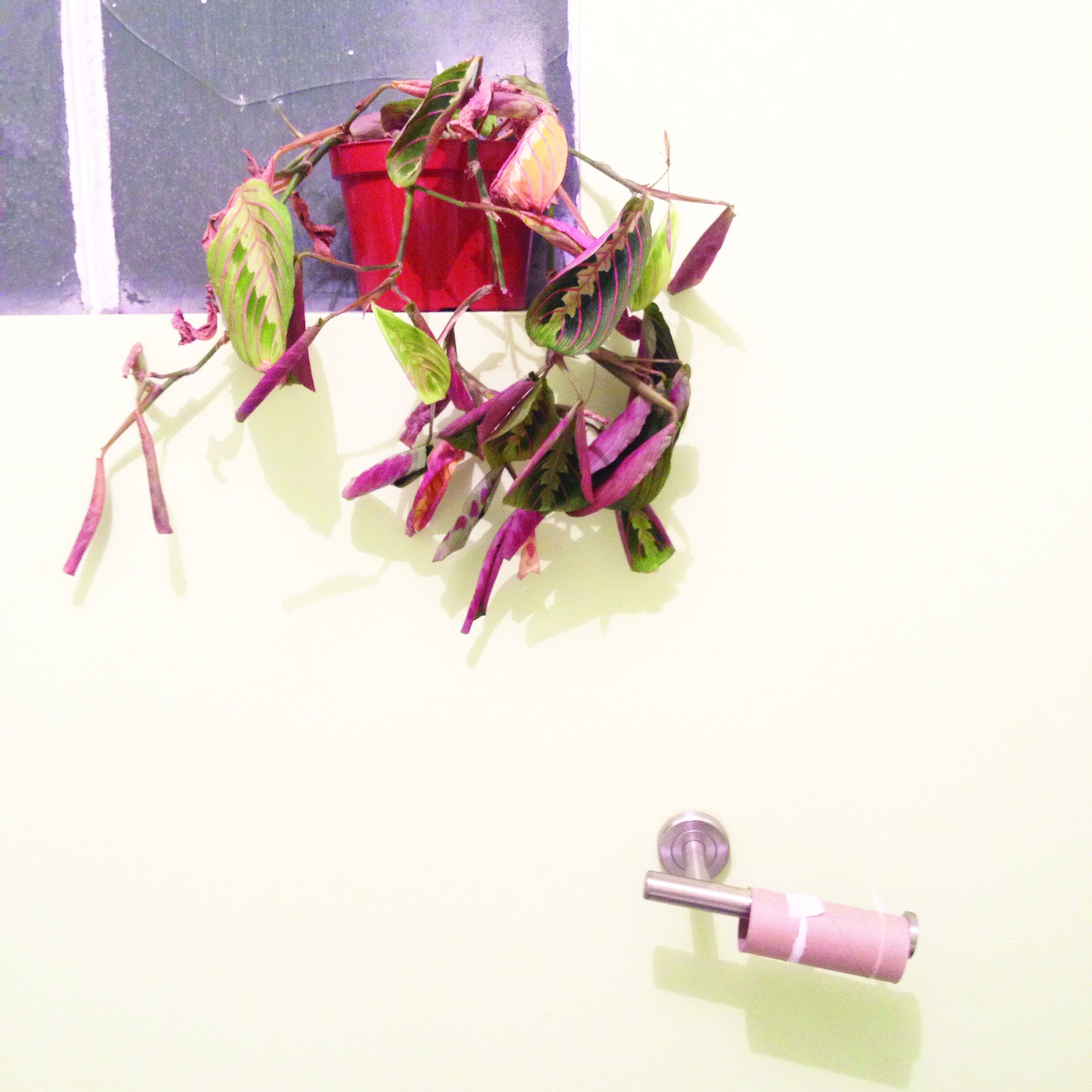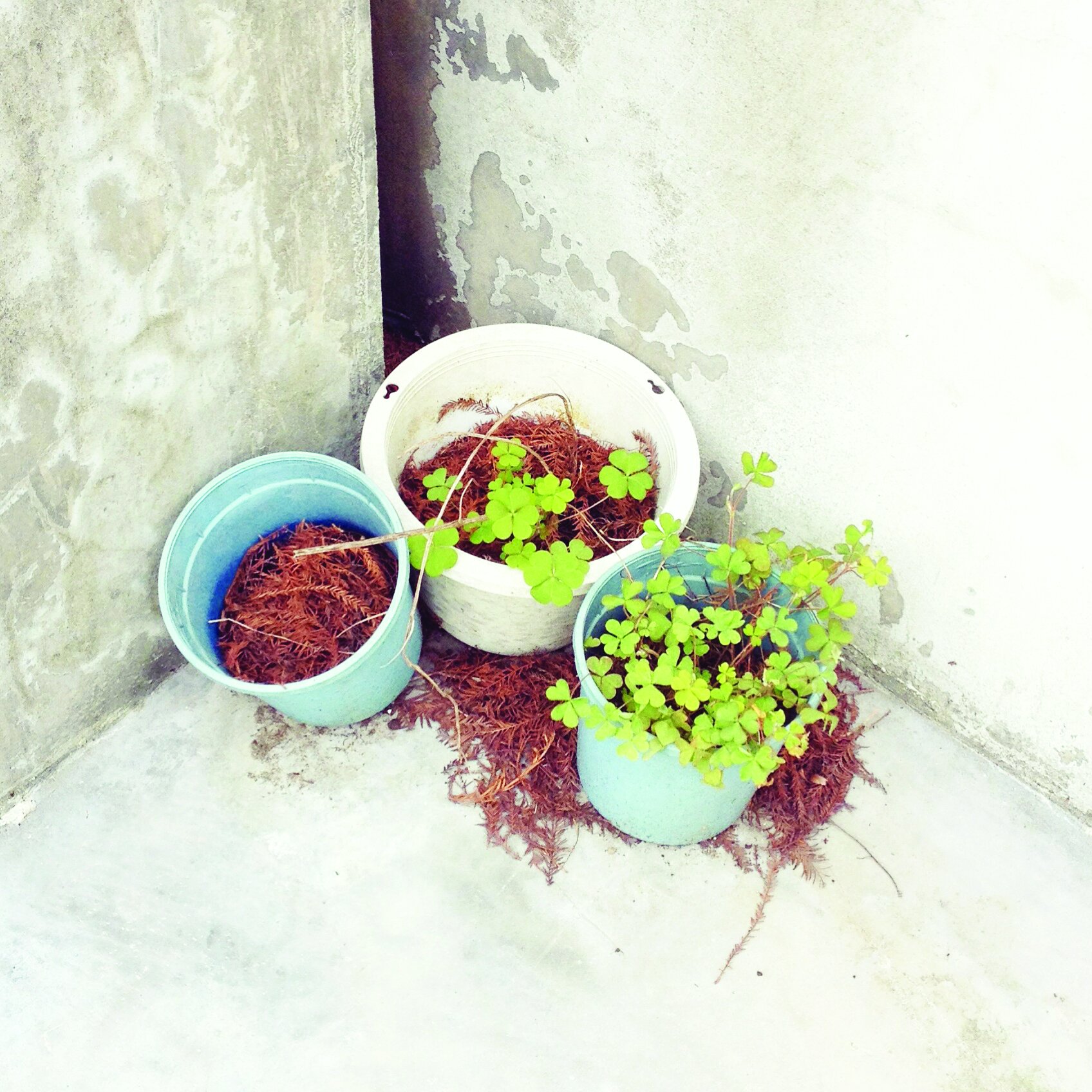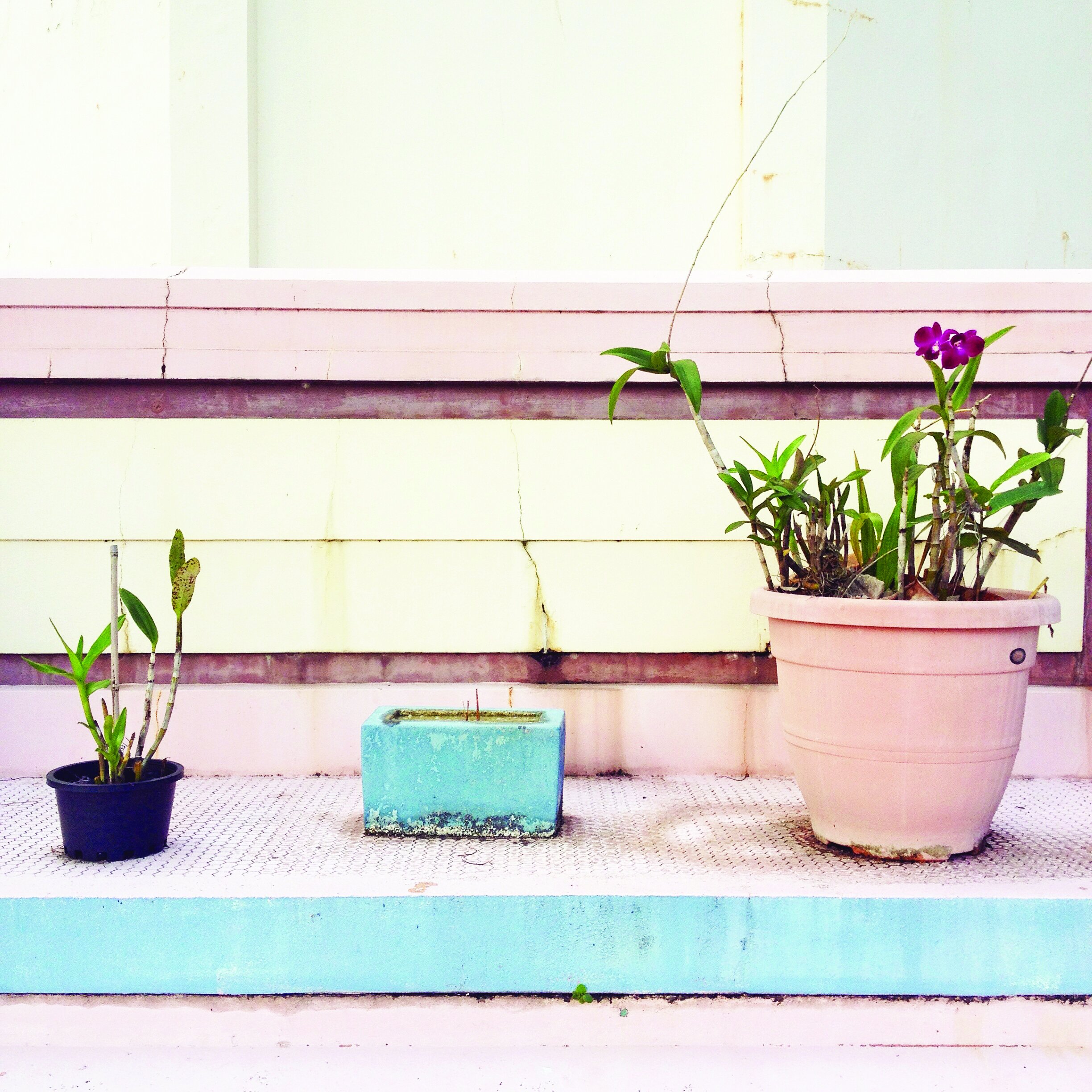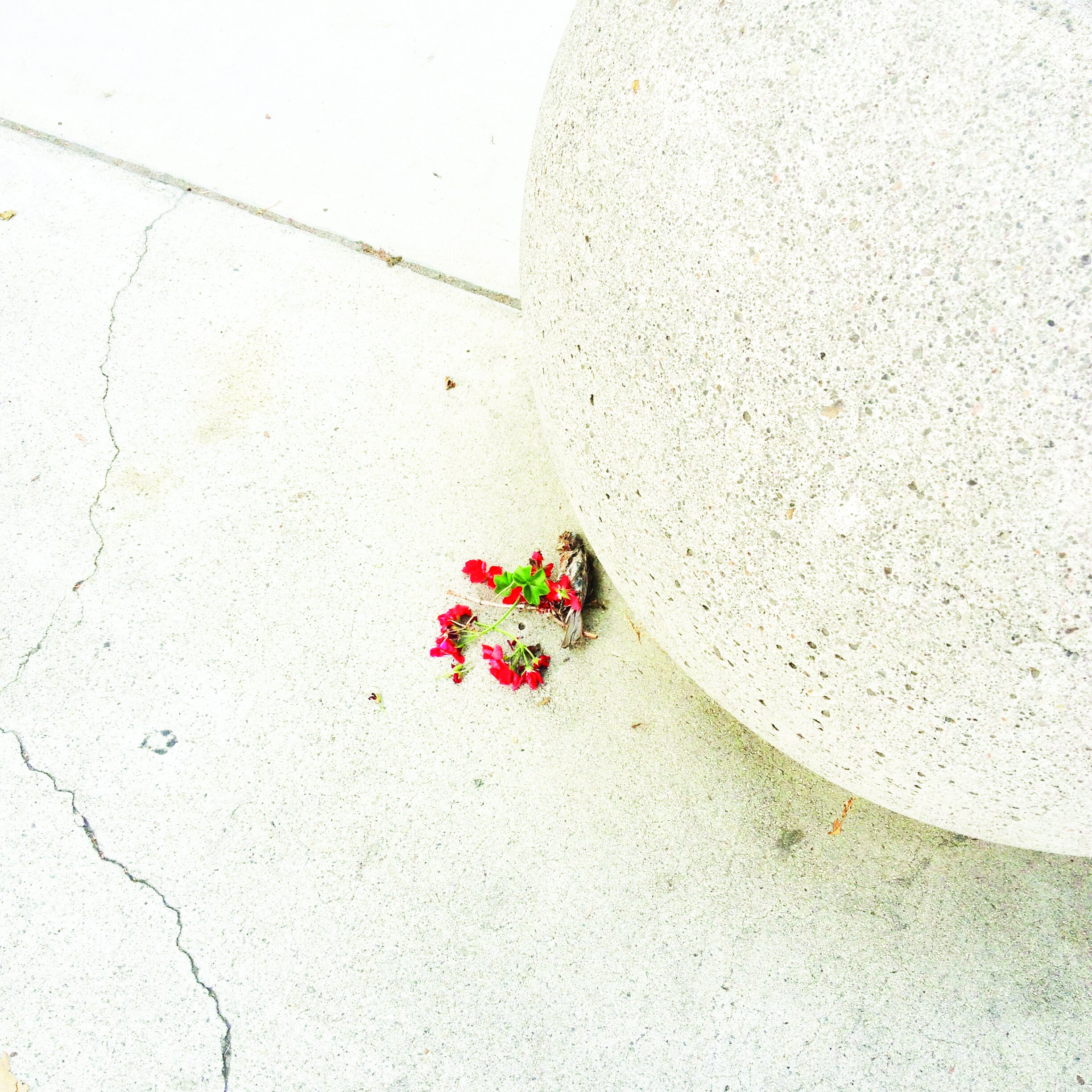Plant-ed
“The interesting thing about weeds is that they alone inhabit ambiguous positions, shifting back and forth between the role of ‘plant’ and ‘weed’. That said, how we choose to perceive them is purely a subjective and temporal notion.”
As long as humans have domesticated plants, the existence of weeds has been a concern. We categorise a plant as a weed for various reasons; it could be a plant growing in a place where we find it undesirable, especially in human-controlled environments such as gardens, lawns, parks, farm fields, et cetera.
The term ‘weed’ also applies to plants that aggressively invade territories outside their original habitat. Taxonomically, the term weed has no botanical significance, because a plant that is a weed in one context is not a weed when growing in a situation where it is in fact wanted. In the context of the home and garden, the categorisation of weeds is more often than not a judgment of taste.
Through a series of diptych photographs, I attempt to question our perceptions and interactions with plants in human-controlled settings. The very concept of a weed is one of human design; it is us who draw the demarcation lines and constructs classification labels. In that sense, you can say that our relationship with plants is an ambivalent one.
The interesting thing about weeds is that they alone inhabit ambiguous positions, shifting back and forth between the role of ‘plant’ and ‘weed’. That said, how we choose to perceive them is purely a subjective and temporal notion.
PHOTOGRAPHY: Loh Xiang Yun
CONCEPT & DESIGN: Loh Xiang Yun
TEXT: Loh Xiang Yun
COPY-EDITING: Mike Hj Chang and Sabrina Lee
TRANSLATION (CHINESE): Chris Yeo
MEDIUM: Photobook
FORMAT: 42pp, 148 x 210 mm
PAPER: Maple Stucco, Naturalis Absolute White Matt
BINDING: Hand-sewn
ISBN: 978-981-14-7712-6
SELF-PUBLISHED: 2015
SGD30 | Buy book
